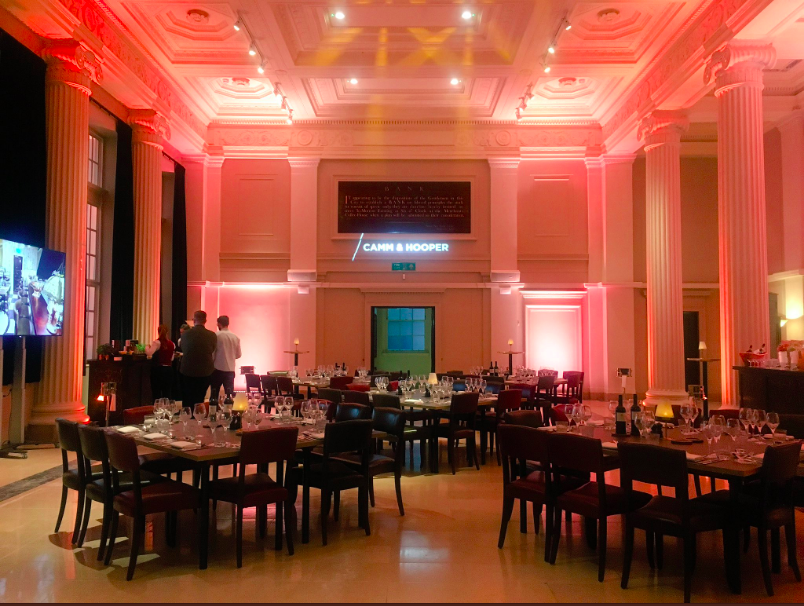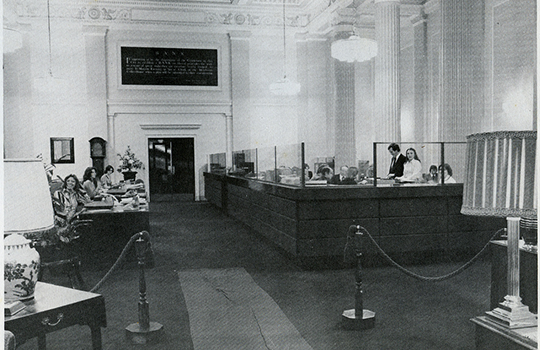A History Of... Grace Hall

History

The building was first debuted in 1927 when J W O’Connor, an American architect, was commissioned by Grace & Co. The New York family had already employed O’Connor to design several houses already, making him an obvious choice for their London bank headquarters, a banking firm which is now famously known as the Bank of New York/BNY Mellon.
The building was built with Portland stone. Set across four storeys, the ground floor was enriched with palladium motifs and panelled doors leading into the main banking hall, the exact art-deco decadence you would expect from a 1920’s architect.
The building was built with Portland stone. Set across four storeys, the ground floor was enriched with palladium motifs and panelled doors leading into the main banking hall, the exact art-deco decadence you would expect from a 1920’s architect.
Refurbishment
The building underwent an extensive refurbishment, led by Russell Sage Studios. Recreating the original design involved stripping out the current interior fittings and fixtures for the Steam and Rye venue – a prohibition themed bar from Nick House (Founder of Mahiki) and Kelly Brook. The bar aimed to capture a bygone era, encapsulating America’s Gilded Age, a time of glamour, decadence and idealism but was forced to close down earlier this year after failing to bring in enough capital.
Although elements of the speakeasy were retained, Camm and Hooper set out to return the listed building to its former architectural importance.
Grace Hall now boasts a light and bright, vintage influenced interior, a perfect sister venue to the dramatic monochrome Banking Hall. Grace Hall has a subtle coloured lighting palette, loosely based on Robert Adams Interiors, who originally influenced J W O’Connor in the 1920’s. The venue is a step back in time and oozes art-deco charm, right at the heart of the City. Grace Hall now hosts up to 200 guests theatre-style, 170 seated and up to 600 standing across the venue’s four event spaces.










